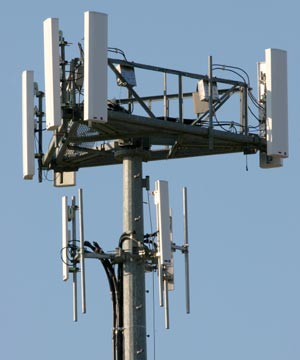
Phone calls cost money. As consumers, we have the option to pay as you go, pay for a set amount of minutes per month, or choose an unlimited amount of minutes per month. But the amount of calls that the cell company can process is a static amount and is expensive and costs the same no matter which phone plan a user opts for. More phones calls for a set amount of space raises the cost of handling phone calls.
The amount of calls that they can process per chunk of their finite spectrum allocated to them by the FCC is important. The more calls they can handle with less resources frees up space for more bandwidth-intensive applications like internet access. Higher speeds and more bandwidth are things that we all can enjoy.
For U.S. Carriers that use GSM as their basis of cellular communication (AT&T and T-Mobile), the move to 4G via LTE is especially important. Besides the speed gains (as high as 100 Mbps for download) and advertising advantage versus 3G competitors, LTE will allow its users (Verizon Wireless (who is making the switch from CDMA-based to GSM-based technologies for 4G), AT&T, and T-Mobile in the U.S.) to package more mobile phone calls per 1 Mhz of space then ever was possible before.
In a perfect and simplified world, basic GSM (2.5G) technology can move between 4 and 8 calls per 1 Mhz. Not bad in our perfect simplified world. Moving up to UMTS (3G) nets 12 calls per Mhz while HSPA (3.5G) can get 24 calls per Mhz. That is all good and dandy, but what about the 4G bringer, LTE? Anywhere from 50 to 80 calls per Mhz.
As you can see, LTE is going to be a major upgrade for both carriers and consumers as more calls per Mhz means lower costs for carriers which will (hopefully) translate to lower bills and higher speeds for consumers. For those who would like to get down and dirty with the details, please go to the source link for a more in-depth explanation into how these numbers were figured out.
Source- MobileSociety.com
